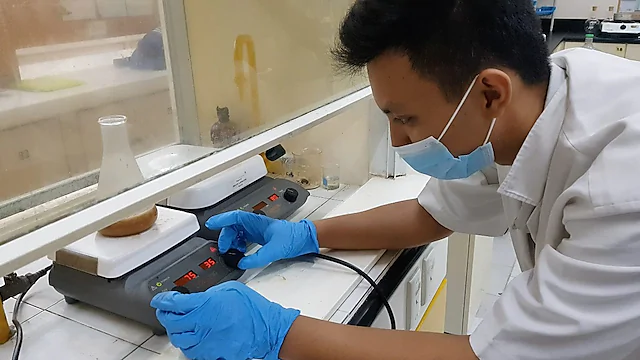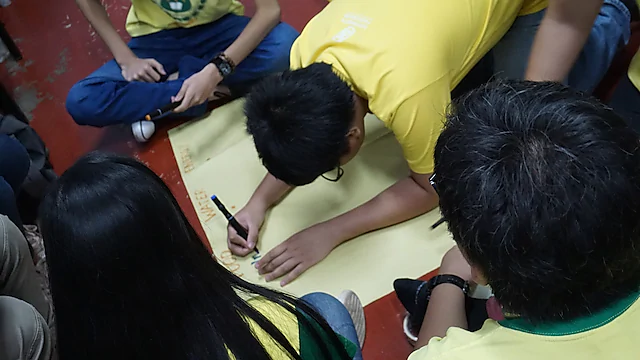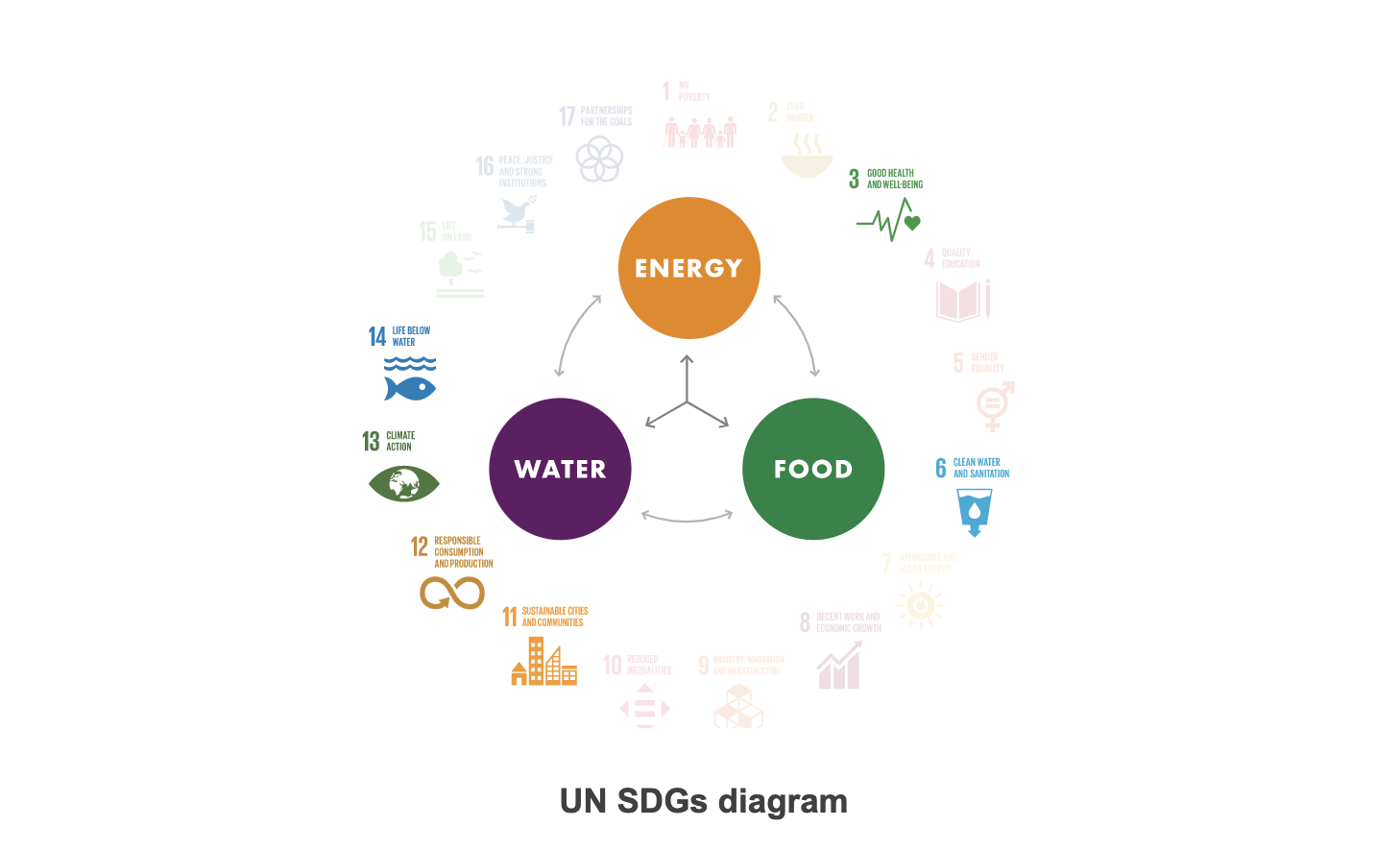NXplorers students in the University of San Carlos in the Philippines developed a method to repurpose corn husks and convert them into bioplastic, helping to solve the increasing problem of waste and plastic pollution in one of the country’s largest and most highly populated cities, Cebu City.
Waste management is one of the most pressing issues facing the world today. For highly progressive and heavily populated areas, like Cebu City, the use of plastic has aggravated this problem. Studies show that by the year 2050, the amount of plastic will surpass the number of fish in the world’s oceans, with a ratio of at least 1:1, which inherently endangers our water supply.
Meanwhile, corn, a widely produced crop in the region used in both the food and feeds industry, adds to the waste problem. Each year, 4.4 million tonnes of corn waste is discarded and thrown away from corn production.
NXplorers students from the University of San Carlos saw an opportunity to develop a local and sustainable solution to this ever-growing global waste problem. They took abundant and readily available resources in their community – waste corn husks and seaweed - to produce bioplastic, a biodegradable version of the current plastics commonly used for packaging.
Students used NXthinking and the NXplorers toolkit, a set of tools and methodologies that help students think critically and creatively. These are the steps they followed…
The students saw their local community’s growing waste management problem, which was caused mainly by the massive use of non-biodegradable plastic and aggravated by the additional corn husk waste from corn production. Instead of discarding this waste, they decided to use it as the main material for their zero-waste approach to a global problem.
The NXplorers students harnessed the fiber from corn husk waste and combined it with another locally available organic material: seaweed, or ‘guso’ in local dialect. The carrageenan component of the seaweed acts as the binding and emulsifying agent that helps create a bioplastic, that degrades much faster than commercial plastics used as packaging. Both components in making this are locally sourced with almost zero to minimal cost.

This new corn husk and seaweed-based bioplastic offers an accessible and localized way to slowly replace commercial plastics. With its natural and degradable properties, this alternative poses no threat to the environment and contributes to the country’s sustainability efforts. Promoting the use of natural alternatives would decrease the demand for non-biodegradable plastics and help ease the pollution challenges facing local communities today. Globally, it could pave the way to ending plastic dependency and prioritizing more sustainable solutions to waste management instead.

This new corn husk and seaweed-based bioplastic offers an accessible and localized way to slowly replace commercial plastics
This project started with a waste management problem in the local community, but expanded to help solve problems of plastic dependency and water pollution. This project contributes to the UN SDGs 3, 6, 11, 12, 13 and 14.
3. Good health and well-being
Ensure healthy lives and promote well-being for all at all ages
6. Clean water and sanitation
Ensuring access to water and sanitation for all
11. Sustainable cities and communities
Make cities and human settlements inclusive, safe, resilient and sustainable
12. Responsible consumption and production
Ensuring sustainable consumption and production patterns
13. Climate action
Take urgent action to combat climate change and its impacts
14. Life below water
Conserve and sustainably use the oceans, seas and marine resources for sustainable development.

Diagram of the United Nations’ Sustainable Development Goals numbered in a large circle, each with a smaller diagram below to represent the specific Development Goal. All of the Development Goals are faded, apart from six of them:
3. Zero hunger
6. Clean water and sanitation
11. Affordable and clean energy
12. Responsible construction and production
13. Climate action
14. Life below water
Within the circle there are three circles in a triangle formation reading ‘Energy’, ‘Water’ and ‘Food’, with arrows to show how they are all interconnected.